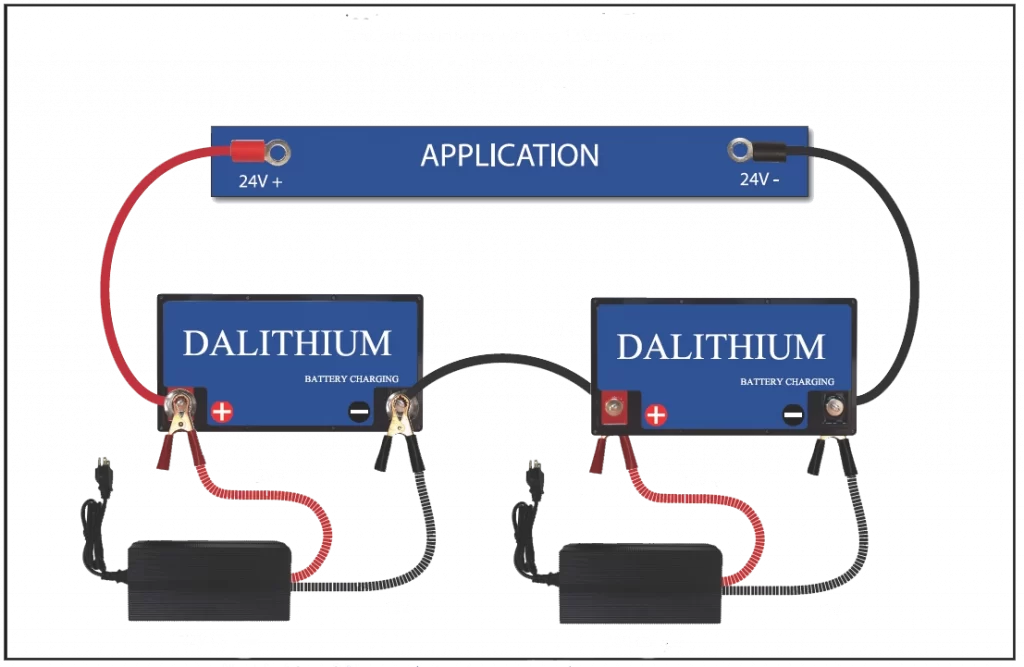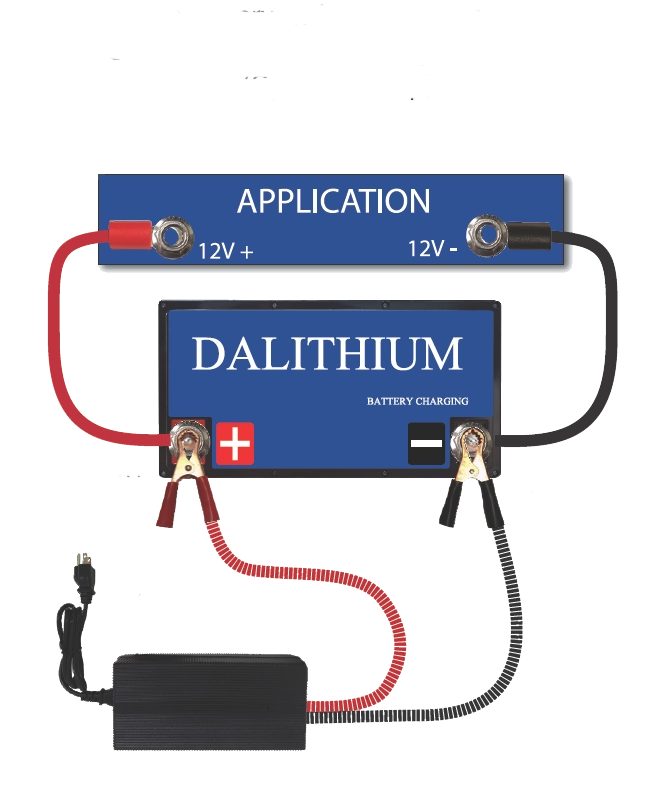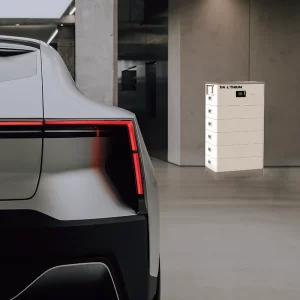Lithium-ion battery Environment
The battery should be stored and installed in a clean, cool and dry place, keep the battery away from water, oil and dirt. If any of these things coming&stored into the battery, tracking and current leakage may occur, leading to self-discharge and potential short circuits happens. The battery chargers should also be installed in a well-ventilated, clean and easily accessible area. The recommended operating temperature range is -4°F to 122°F (-20°C to +50°C) with <90% humidity. Battery electrolyte elevated temperatures >80°F (27°C) will shorten service life, while lower battery electrolyte temperatures <80°F (27°C) will reduce battery performance. It is important to minimize temperature variation between cells, therefore, do not place cells too tightly together. There should be at least 0.50 inches (12.7 mm) of space between batteries. There is no fluid in a deep cycle battery. Since the chemistry is solid, the battery can be mounted in any orientation without fear of the lead plates cracking due to vibration.
Lithium-ion charging levels
Proper charging is important to maximize battery performance. Both will reduce the life of the battery. Most chargers are automatic or programmed, while others are manual, allowing the user to set voltage and current values. DO NOT charge a frozen battery. Ionic deep cycle batteries can be used below 0°C, but charging below freezing will causing plating/crystallization, which weakens the battery and makes it more likely to fail from vibration or hard use. Neither charging in temperatures above 122°F (50°C).
Charging profile
For DALithium 12V deep cycle batteries, you should set the charger up to 14.6v for 30 minutes, then float charge at 13.8v. For 24V deep cycle batteries, you should set the charger up to 29.2v for 30 minutes, then float charge at 27.6v. For 48V deep cycle batteries, you should set the charger profile to charge at 58.4v for 30 minutes, then float charge at 55.2v. If an automatic charger just plug and charge, it follows CC-CV charging regulation.
Slow or Fast charging
The charger voltage should always be equal to or less than the battery voltage. All DALithium charger is designed to stay connected and powered. Chargers without “trickle charge” feature should be discontinued once the charging process finished. To slowly charge the battery, use a charger with an amp rating by around 10% of the battery’s total amp-hours. For fast charging, use a charger output that is approximately 40-45% of the battery’s amp-hours. Slow charging do better performance on battery temperature control and improve the battery cycle-life, DALithium strongly recommends slow charging when possible. For example, with a 100Ah battery, you can charge it slowly with a 10A charger, and it will take about 10 hours to fully charge the battery. You could fast charge with a 45A charger as well in about 2.5hours.
Low temperatures
Many battery users do not know that lithium-ion batteries cannot be charged below 0°C (32°F). Although the battery pack appears to be charging at a normal way, metallic lithium plating may occur on the anode during subfreezing charging. This is permanent damage and cannot be recovered by cycling. Lithium-plated batteries are more prone to failure if exposed to vibration or other critical usage conditions. Lithium-ion batteries warming up quicker during use compared to lead-acid batteries, so you can heat them up to above freezing after a while in order to recharge them. It all depends on how cold at your place and caution is advised.
Lithium-ion battery capacity will be decreased while operating in below freezing temperatures (32F/0℃). Current flow is still available, but storage capacity reduced already. The lower the temperature, the less usable capacity. As the temperature drops, the internal resistance of both lead-acid and lithium-ion batteries increases. Lithium batteries have greater internal resistance at extremely cold temperatures of 0°F (-18°C) or below, however, simply by applying a load to the battery, such as turning on the headlights, the battery can quickly heat up to 15-30 Second.
Recommended Battery and Charger configurations (Wiring Diagrams)
This diagram shows the most basic connections between a single battery and a charger. The “Application” box refers to the end loading equipment where the battery powers your recreational vehicle or golf cart. Dashed charger cable usually refers to a temporary connection, but it can be a permanent connection if desired.
Charger positive output (red) connects to the battery positive (+) terminal. Charger negative output (black) connects to the battery negative (-) terminal. Remember:
- Positive to positive, negative to negative.
2. The battery and charger must have the same voltage.
The following pages are other configurations recommended by DALithium battery for wiring and charging the battery pack. If you have any questions, please feel free to call us.
Be sure to turn off all loaded applications before wiring.





